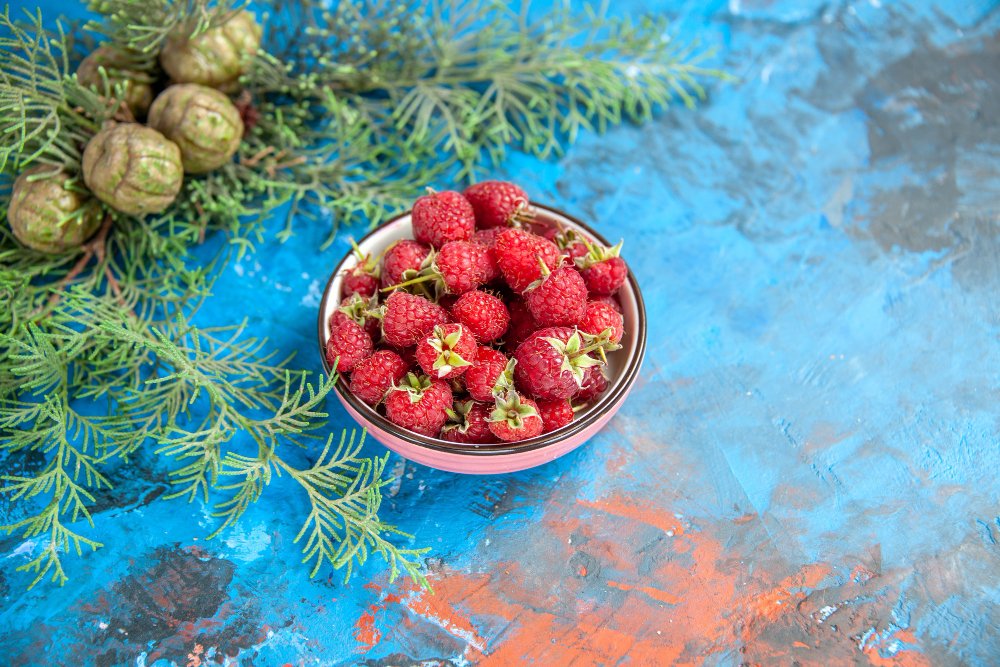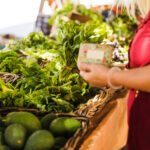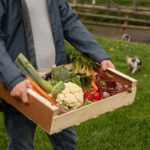Have you ever noticed how a summer strawberry tastes completely different from a winter one? That’s the power of seasonal eating — enjoying food at its peak, the way nature intended. It’s fresher, tastier, and better for both you and the planet.
Let’s dive into why eating seasonally matters and what to look for throughout the year.
Why Choose Seasonal Produce?
🌿 1. Fresher, Better Flavor
Seasonal fruits and vegetables are harvested at their natural peak, not picked early to ripen in transit. That means more vibrant taste, color, and aroma.
💪 2. Higher Nutritional Value
The longer produce sits in storage or travels across continents, the more nutrients it can lose. Seasonal food is typically more nutrient-dense because it’s harvested close to the time you eat it.
🌍 3. Environmentally Friendly
Seasonal, local produce doesn’t require long-distance shipping or energy-intensive storage. That means fewer carbon emissions and a smaller environmental footprint.
💸 4. Budget-Friendly
When a fruit or vegetable is in season, it’s more abundant — and that usually means lower prices.
What’s in Season? A Quick Guide
🌸 Spring – Fresh & Green
The earth wakes up, and so does your plate!
Look for:
-
Asparagus
-
Radishes
-
Peas
-
Spring onions
-
Lettuce & spinach
-
Herbs (mint, dill, parsley)
-
Rhubarb
☀️ Summer – Sweet & Juicy
A time of abundance and bold flavors.
Look for:
-
Tomatoes
-
Berries (strawberries, blueberries, raspberries)
-
Zucchini & cucumbers
-
Peaches, apricots, nectarines
-
Corn
-
Bell peppers
-
Melons & watermelons
-
Basil
🍂 Fall – Earthy & Comforting
Warm, rich foods come into season.
Look for:
-
Apples & pears
-
Pumpkins
-
Squash (butternut, acorn)
-
Beets
-
Carrots
-
Cabbage
-
Kale & Swiss chard
-
Sweet potatoes
❄️ Winter – Hearty & Resilient
The season of storage crops and citrus.
Look for:
-
Potatoes
-
Onions & garlic
-
Leeks
-
Parsnips & turnips
-
Celeriac
-
Citrus fruits (oranges, lemons, grapefruits)
-
Brussels sprouts
-
Winter greens
Tips for Seasonal Shopping
-
Visit farmers’ markets. What’s on the stalls is what’s in season — no label-reading needed.
-
Plan your meals around seasonal stars. Try new recipes based on what’s available locally.
-
Preserve the bounty. In summer and fall, freeze, pickle, or ferment to enjoy flavors year-round.
Final Thoughts
Eating with the seasons is a beautiful way to reconnect with nature, support local farmers, and nourish your body with what it truly needs at the right time of year. Next time you’re shopping, ask yourself: what’s growing right now?
Nature’s menu is always changing — and that’s part of the joy.









